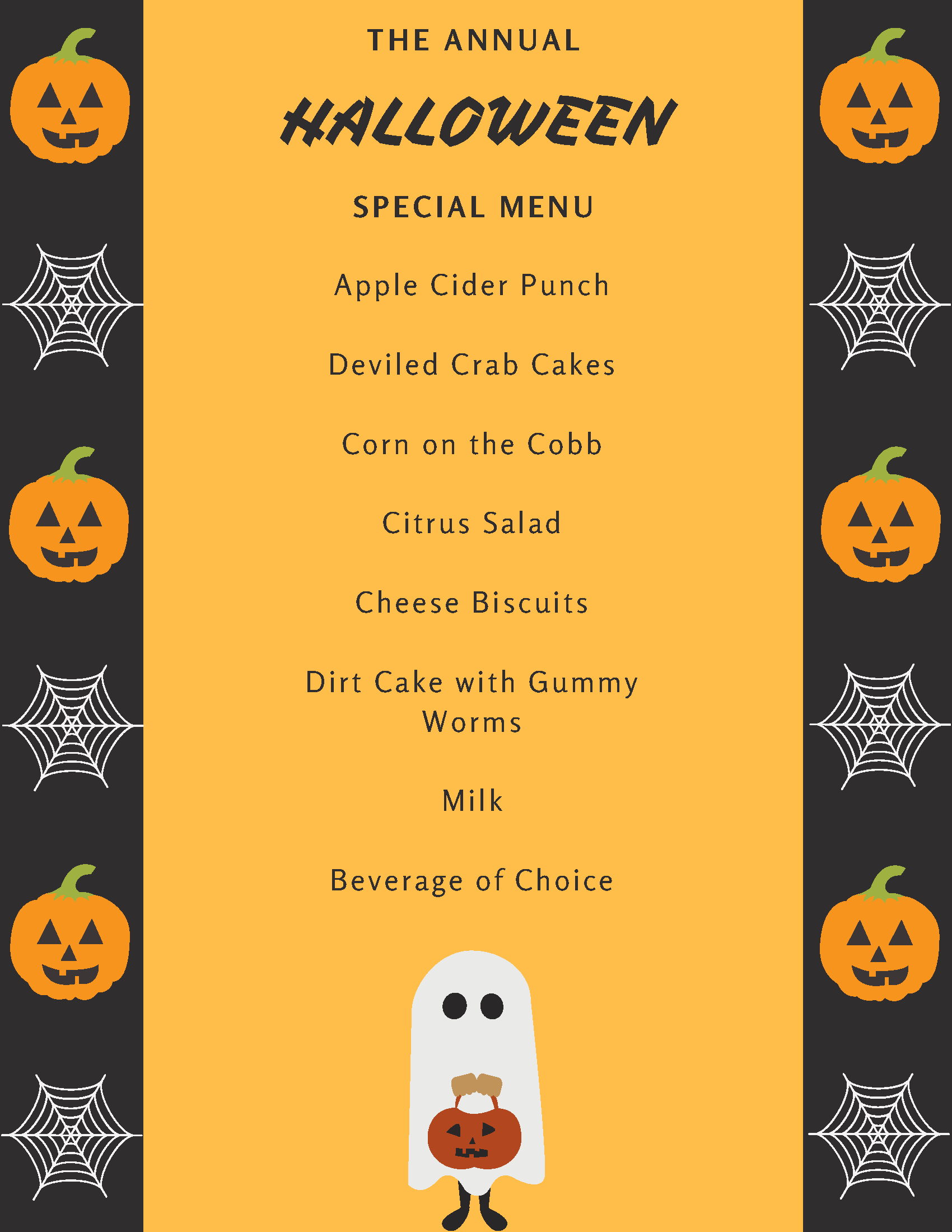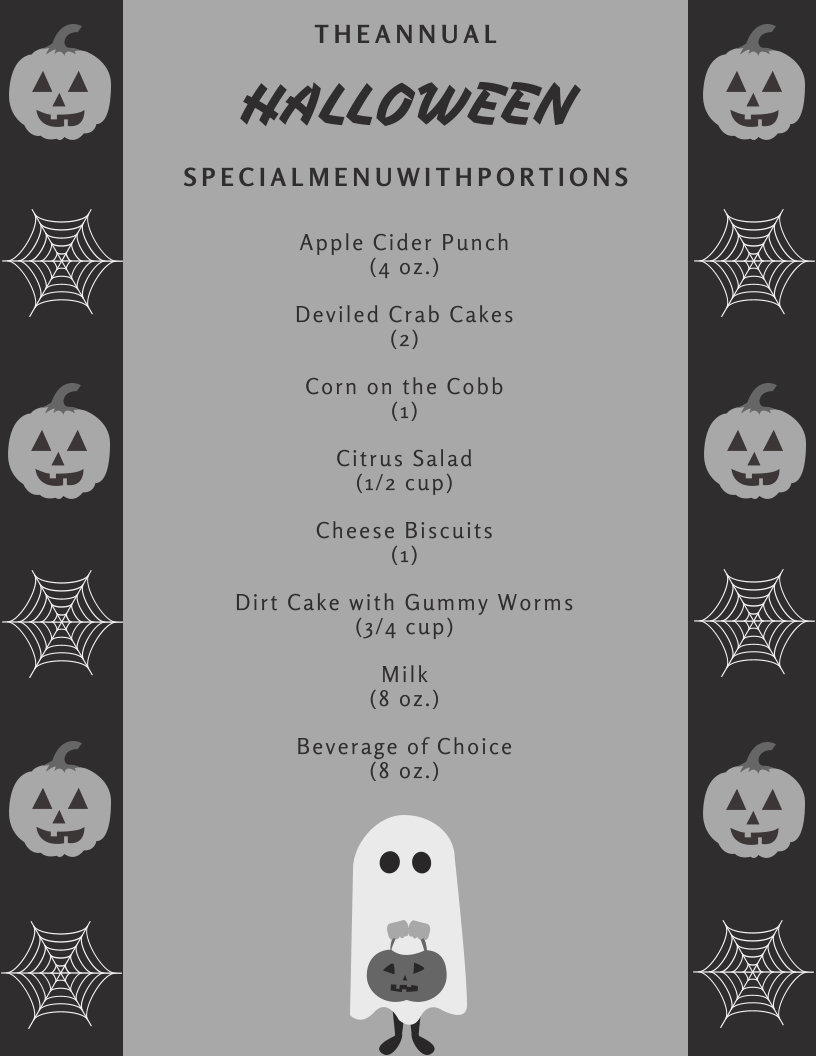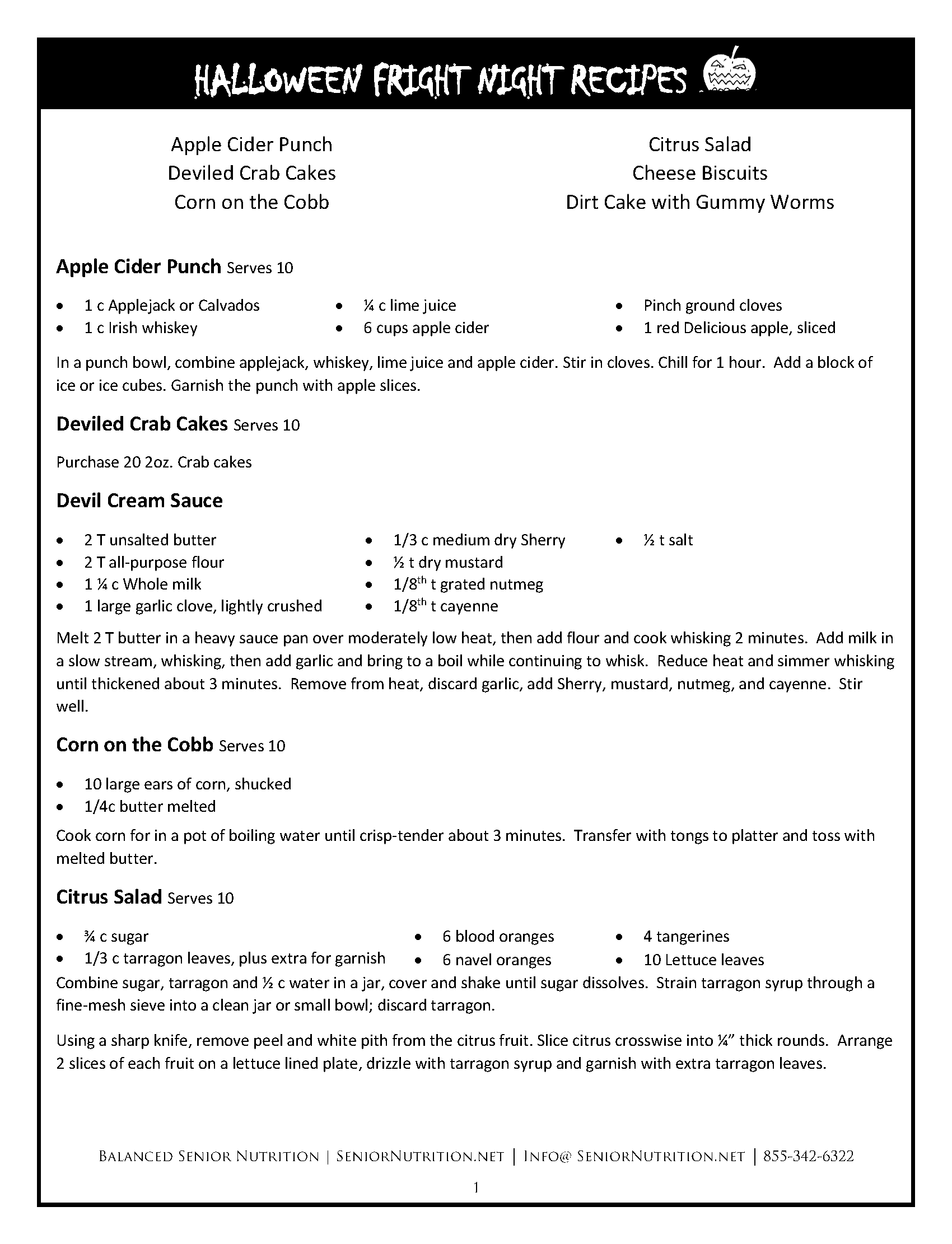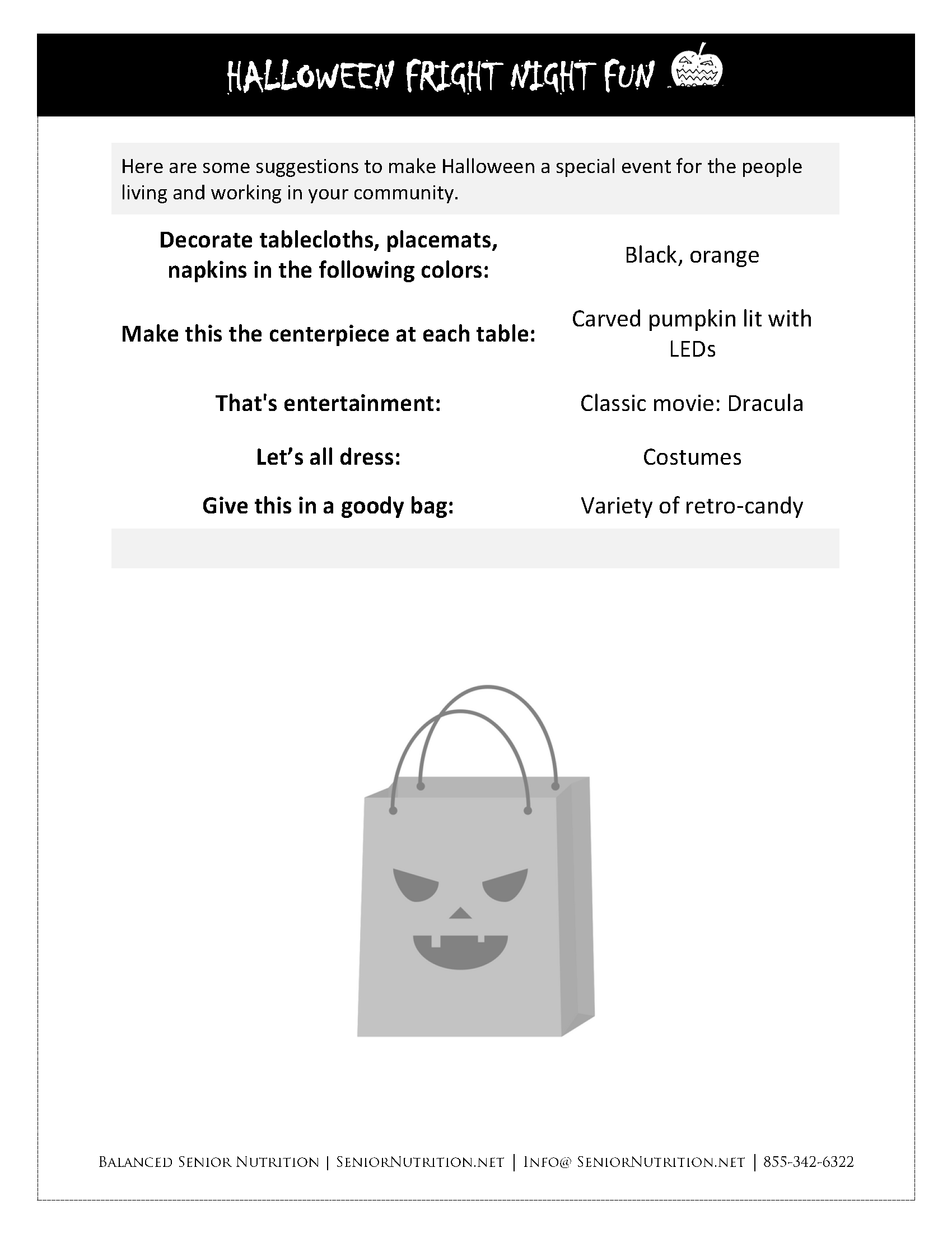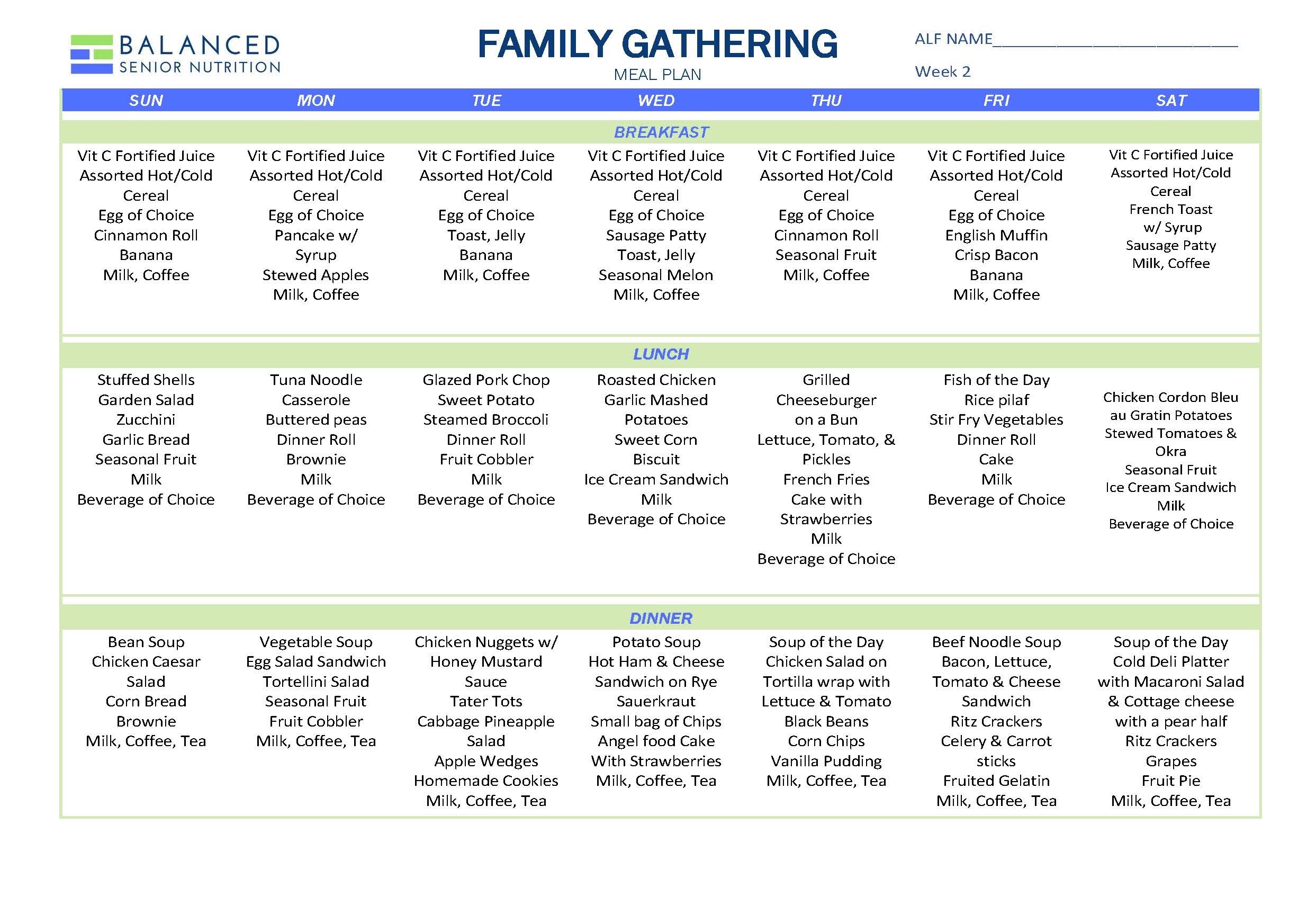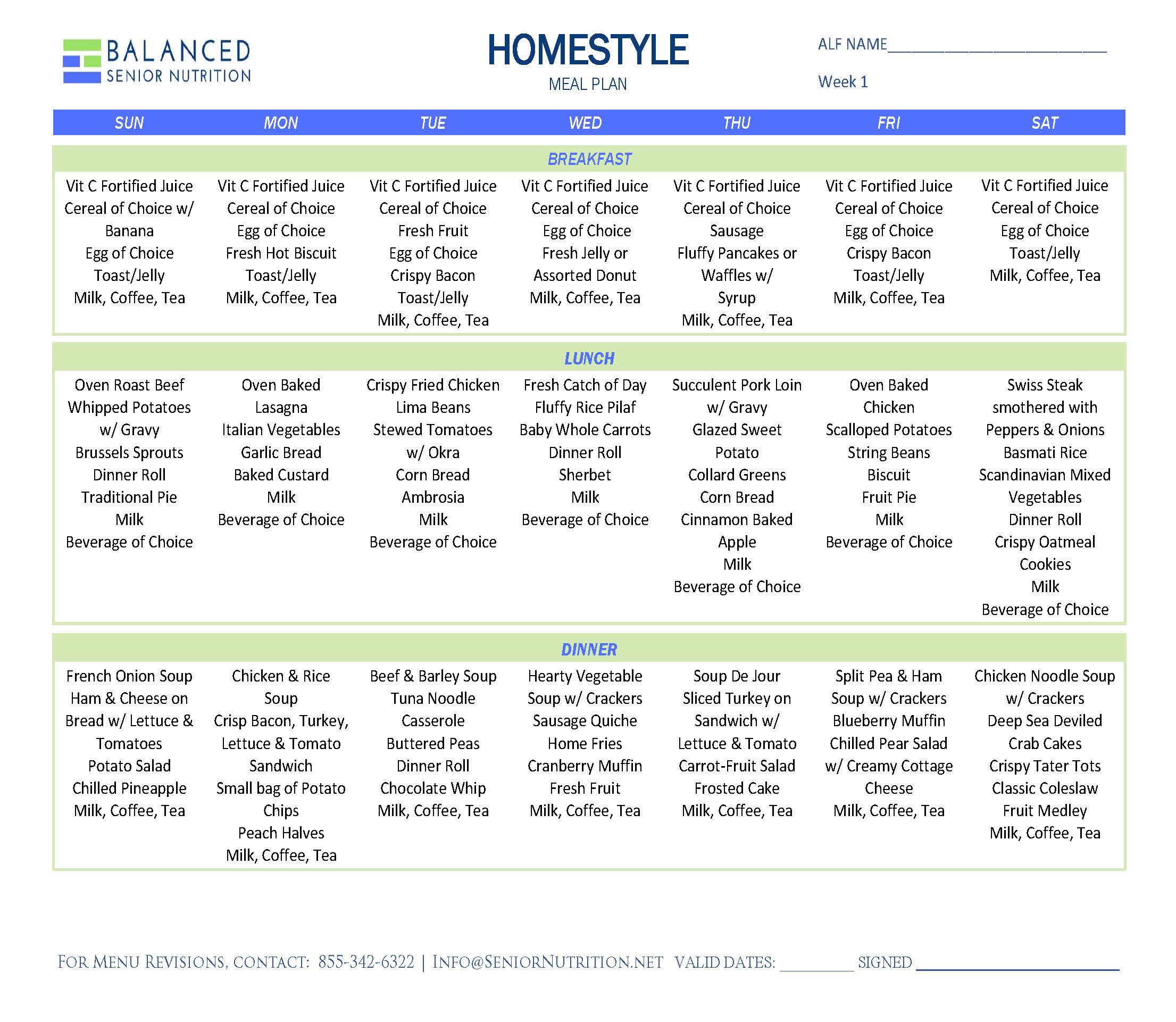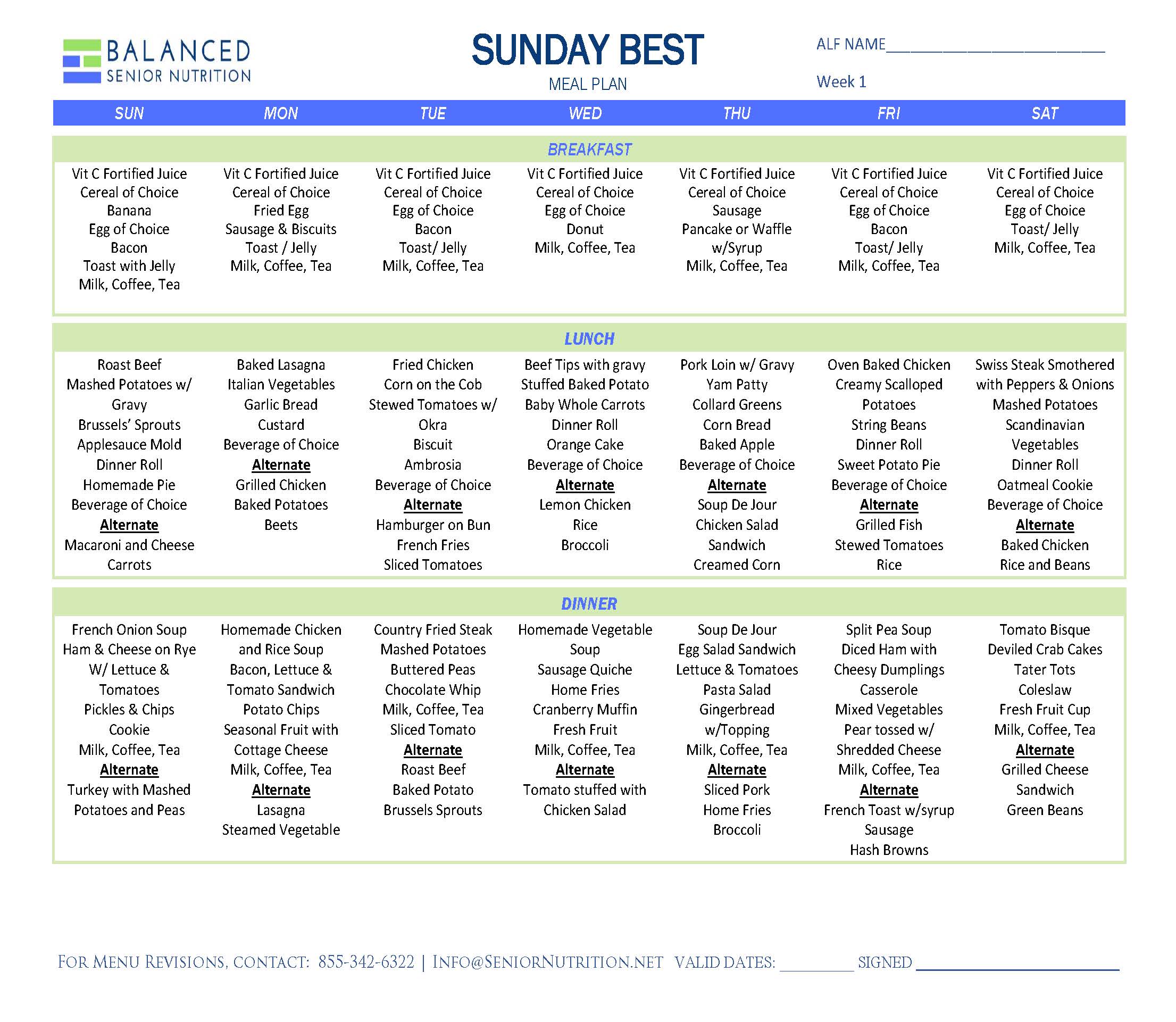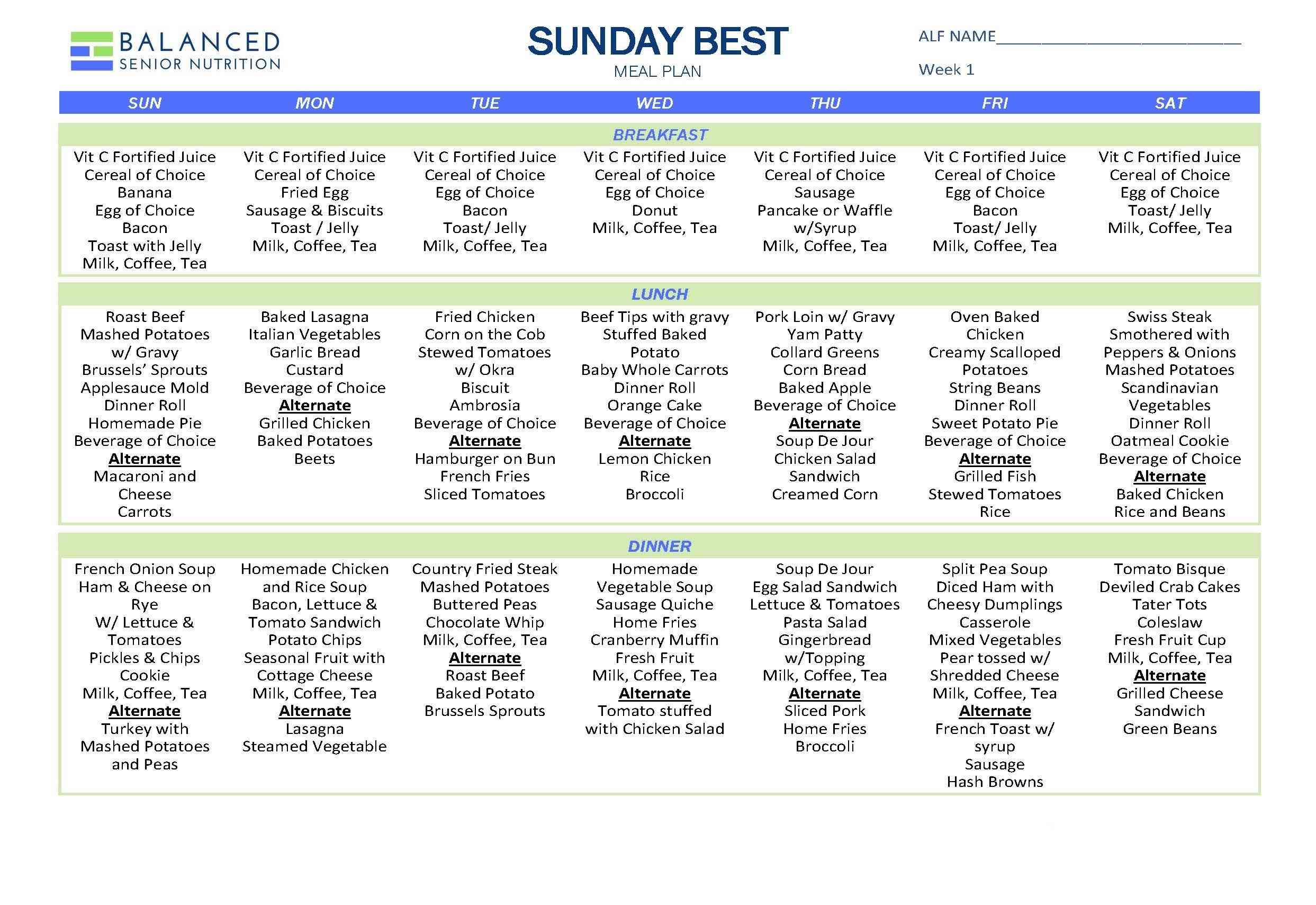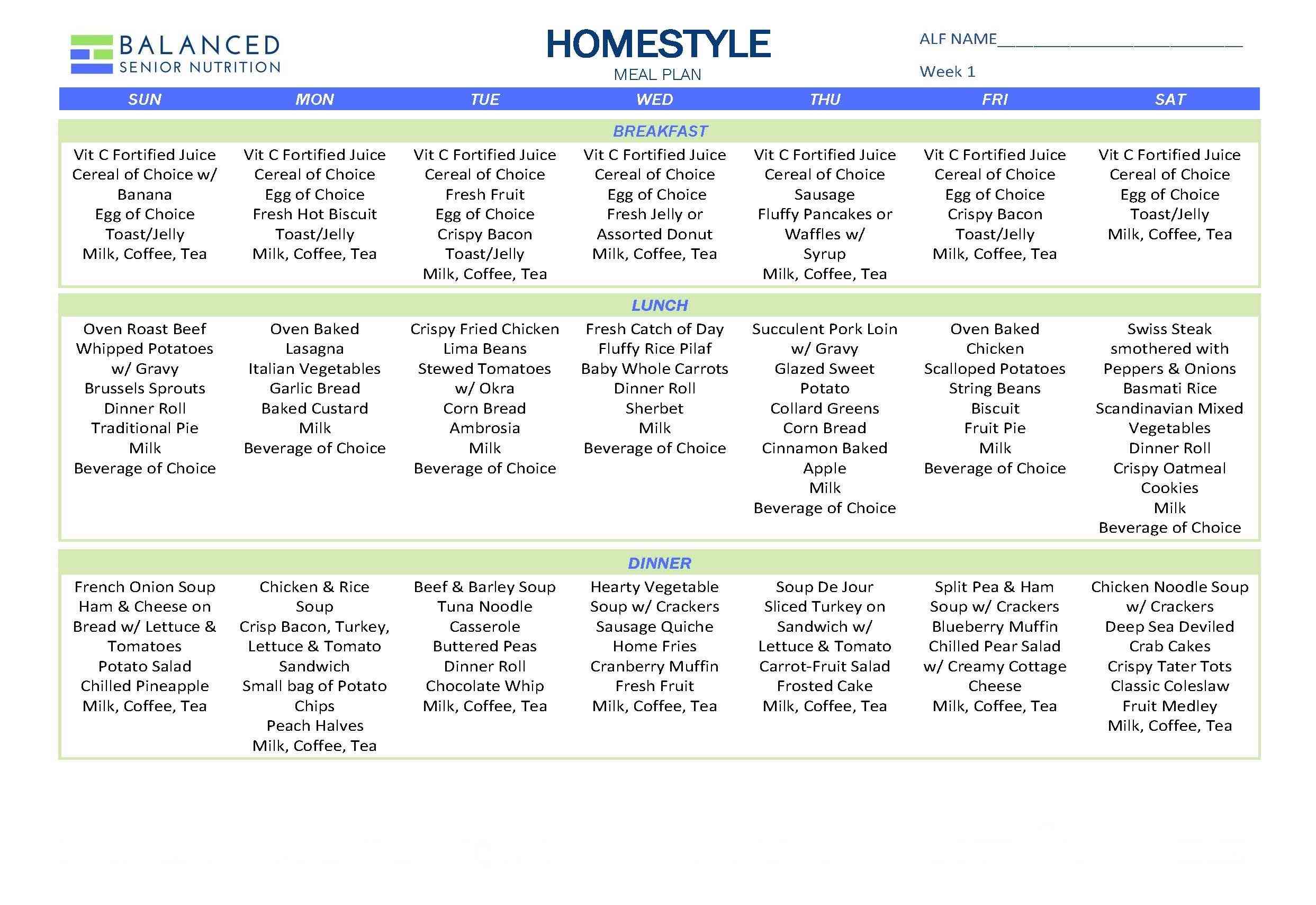
Food safety is important for everyone, but it’s especially important for older people. As we age, our bodies undergo changes that make us more susceptible to food-borne illness or food poisoning. Since food-borne illness can be serious, or even fatal, especially to older people with compromised immune systems, it is essential for people working in long-term care communities to know and practice safe food handling to help reduce the risk of people getting sick from contaminated food.
While people in dining services do their best to offer residents foods that they enjoy eating, they must also realize that at times residents and their families or visitors may wish to bring in food from outside sources. This is a good thing since such meals or snacks are likely to be foods that the resident really loves eating. However, for their safety and well-being, residents need to be made aware of the risks involved with bringing in perishable food items. Here’s a quick refresher about safe food handling when people bring in food or snacks that are not immediately consumed.
Food Safety Guidelines
- Residents should wash hands immediately before and after eating or drinking
- Avoid handling foods with bare hands
- Keep food at proper temperatures until they are eaten. Below 40 degrees for cold. Above 140 degrees for hot.
- Store leftover perishable food in a sealed container and label with resident’s name, room number and date and refrigerate. Food left over 3 days should be discarded by staff.
- If a person wishes to store non-perishable food items in their room, place the food in a sealed container to avoid spoilage and attracting bugs and put the date on it. When in doubt about the safety of eating something, throw it out!
- Discard all perishable foods (such as meats, casseroles, poultry, milk) if they have been at room temperature longer than 2 hours.
To make it easier for you to educate your residents about safely handling food brought in from the outside, we would like to offer you a FREE tip sheet on the subject that you can give to your residents, their families and guests. In addition to giving them this guide, we encourage you to suggest to residents that they check with their physician, nurse or dietitian to identify any foods that they should avoid.
